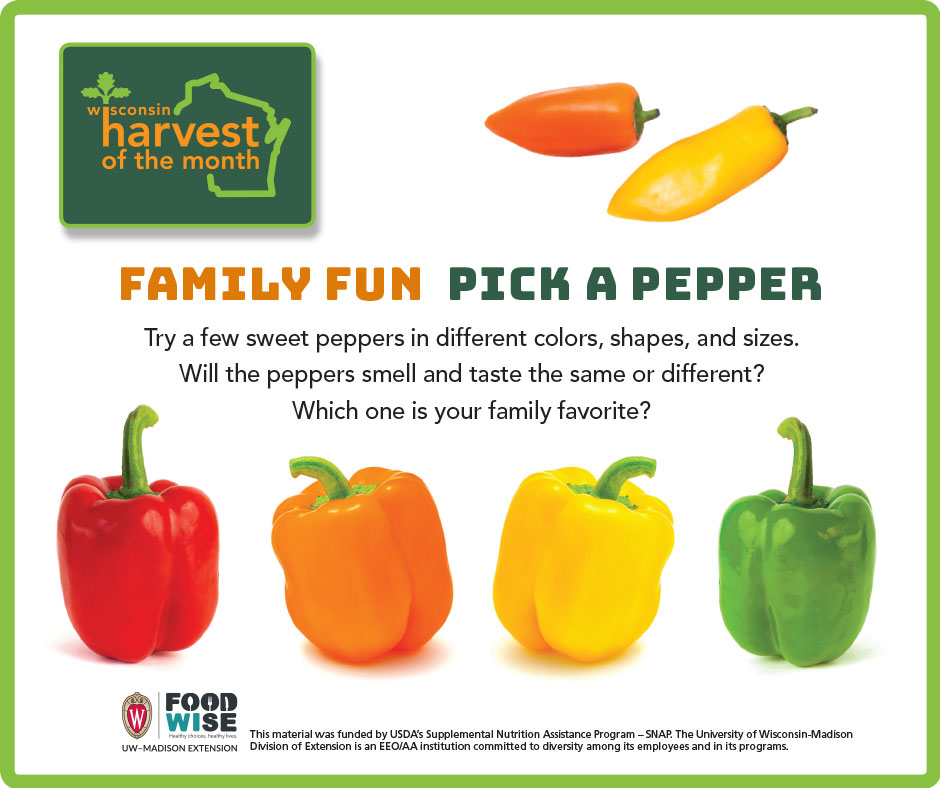Depression and anxiety are the most common mental health conditions worldwide and a leading cause of disability, with subclinical symptoms further impacting the wellbeing and functioning of a significant portion of the population. This highlights the need for new approaches to managing both diagnosed and subclinical cases. Recently, the relationship between nutrition and mental health has garnered attention, as studies suggest that adherence to healthy or Mediterranean dietary patterns—characterized by high consumption of fruits, vegetables, nuts, legumes, moderate intake of poultry, eggs, and dairy, and minimal red meat—is associated with a lower risk of depression. However, these findings are complicated by the potential for reverse causality, where psychological states influence dietary choices, such as cravings for “comfort foods” during low moods or appetite changes due to stress. Additionally, individuals with longstanding mental illnesses face unique challenges to maintaining a healthy diet, including financial and environmental barriers, as well as the appetite-altering effects of psychiatric medications.
Consuming highly refined carbohydrates increases the risk of obesity and diabetes and may also negatively impact psychological wellbeing. Diets with a high glycaemic index (GI) and glycaemic load (GL)—rich in refined carbohydrates and sugars—are associated with a greater incidence of depressive symptoms, as longitudinal research and clinical studies have shown. Experimental studies reveal that diets with high GL can rapidly elevate and then drop blood glucose levels, triggering the release of counter-regulatory hormones like cortisol and adrenaline, which may contribute to anxiety, irritability, and hunger. Recurrent hypoglycemia linked to these dietary patterns is also associated with mood disorders. While the rapid fluctuations in blood glucose provide a plausible mechanism for these effects, other factors may also play a role. High-GI diets are a risk factor for diabetes, a condition often comorbid with depression, and both share overlapping abnormalities in insulin resistance, brain volume, and neurocognitive performance. Additionally, the inflammatory response triggered by high-GI foods may further connect such diets to symptoms of depression through links between mental health and immune activation.
A growing area of research explores how dietary patterns affect mental wellbeing through their impact on the gut microbiome—the trillions of microorganisms, including bacteria, viruses, and archaea, that reside in the human gut. The gut microbiome communicates bidirectionally with the brain via neural, inflammatory, and hormonal pathways. Evidence suggests its role in mental health: changes in the gut microbiome influence emotion-like behaviors in rodents, major depressive disorder in humans is linked to altered microbiomes, and transferring gut microbiota from depressed humans to rodents induces depression-like behaviors in the animals. Diet, along with genetic factors and antibiotic exposure, is a modifiable determinant of gut microbiome diversity and functionality. Diets high in saturated fats, refined sugars, and artificial sweeteners can damage the gut barrier, leading to a “leaky gut” and fostering an unhealthy microbiome, whereas diets rich in fiber, polyphenols, and unsaturated fatty acids—like the Mediterranean diet—support microbial populations that produce anti-inflammatory metabolites, such as short-chain fatty acids. Additionally, probiotics have shown potential in altering emotional brain responses and reducing depressive symptoms in healthy individuals. While these findings highlight the gut microbiome’s role in modulating emotion-related processes, no causal links between specific microbes or their metabolites and human emotions have been established, and it remains unclear if dietary-induced microbiome changes can directly affect depressive symptoms or disorders, or how quickly such effects might occur.
The emerging connection between diet, the gut microbiome, and mental health underscores the potential for dietary interventions to support emotional wellbeing. While promising evidence highlights how nutrient-rich diets and probiotics may influence mood through gut-brain communication, the complexity of these interactions and the lack of established causal relationships warrant further investigation. Understanding how specific dietary patterns and gut microbial changes impact depressive symptoms could open new pathways for improving mental health through accessible, nutrition-based strategies.
Reference:https://pmc.ncbi.nlm.nih.gov/articles/PMC7322666/



